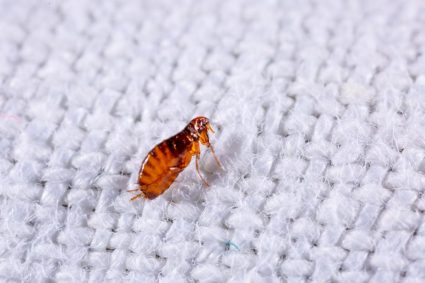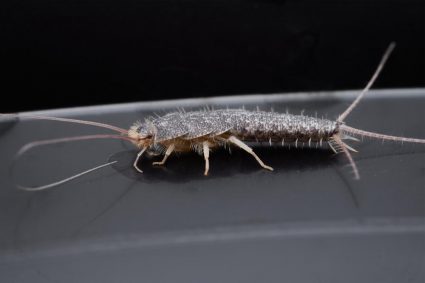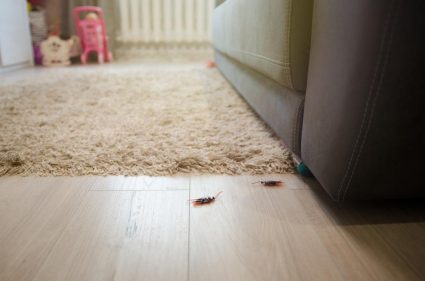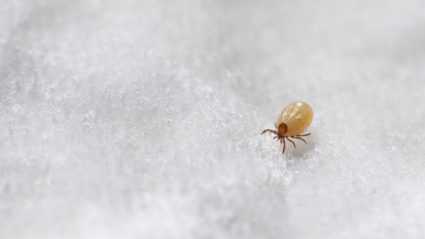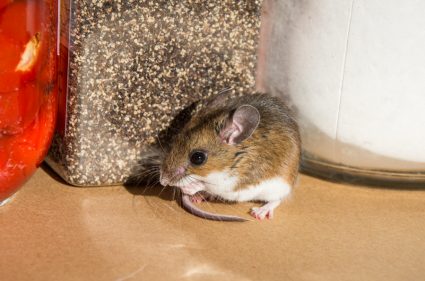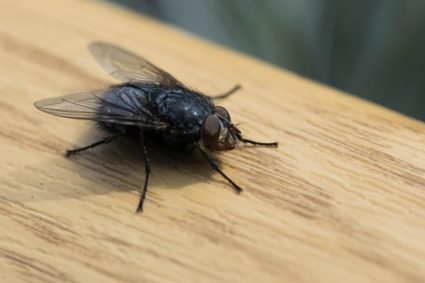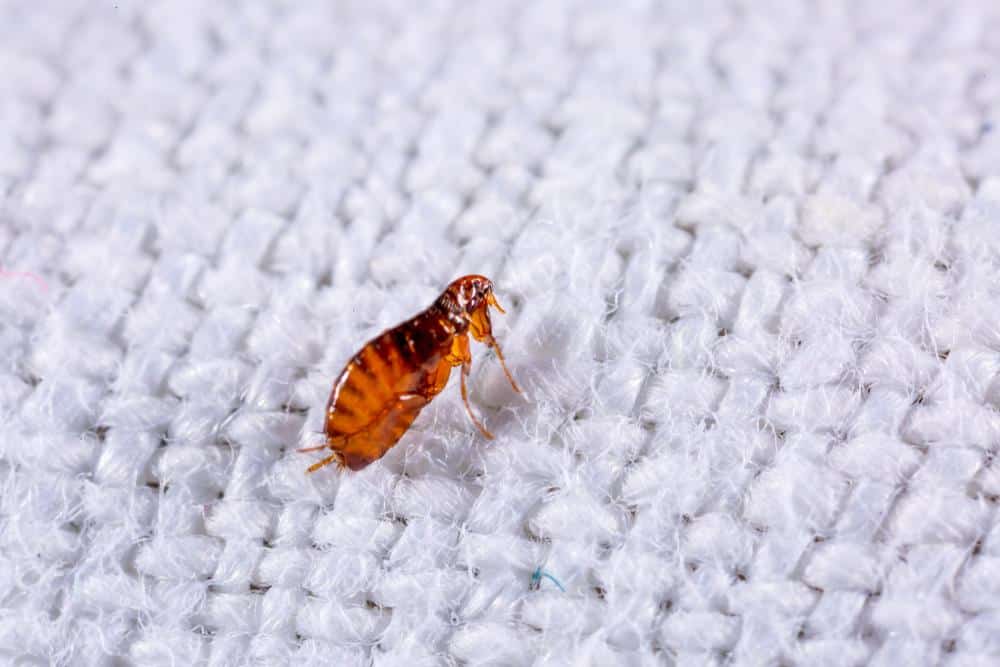
Flea infestations can be a nightmare for pet owners and a severe annoyance for anyone dealing with them in their homes. Understanding the lifecycle of fleas and the role of flea eggs is crucial in effectively eliminating these pests. This article will delve into the world of flea eggs, how to identify them, and most importantly, what kills flea eggs.
Flea eggs can be effectively killed by regularly washing and drying fabrics in hot water, vacuuming, steam cleaning, and using flea sprays and insecticides. Treating pets with flea control products containing insect growth regulators (IGRs) such as lufenuron, methoprene, and pyriproxyfen can also prevent flea eggs from hatching. Natural remedies like citrus extracts, diatomaceous earth, vinegar, and essential oils can also help eliminate flea eggs.
The Characteristics of Flea Eggs
Flea eggs are tiny, measuring about 0.5 millimeters in length and about half as wide, making them similar in size to a grain of salt. They are oval-shaped and have a soft shell called a “chorion”. Flea eggs are off-white or translucent in color and can be easily mistaken for dry skin or sand due to their pale coloration. They have a smooth, glossy surface and are not sticky, which means they can easily fall off the host animal or furniture.
Identifying Flea Eggs
Flea eggs can be identified by their small size, oval shape, and off-white color. They are usually found in clusters on the fur of an infested animal or on surfaces where the animal spends most of its time, such as bedding, carpets, and furniture. Using a flea comb can help you find flea eggs on your pet. Flea eggs can also be found on furniture and other surfaces in your home. They don’t stick well to your pet’s fur or skin, so they drop off easily and can end up on bedding, carpeting, furniture, between floorboards, and other areas.
The Flea Life Cycle
Flea eggs play a crucial role in the flea life cycle, which consists of four stages: egg, larva, pupa, and adult. After an adult flea finds a host and takes a blood meal, it mates and begins laying eggs in the fur and surroundings of the host. Flea eggs typically hatch into larvae within 2 to 12 days, depending on environmental conditions such as temperature and humidity.
Effective Methods to Kill Flea Eggs
There are several methods that are proven effective in killing flea eggs. Regularly washing and drying fabrics in hot water, vacuuming, steam cleaning, using flea sprays and insecticides, treating pets with flea control products, and using natural remedies like citrus extracts, diatomaceous earth, vinegar, and essential oils can all help eliminate these pests.
Commercial Flea Control Products
Commercial flea control products can be effective in killing flea eggs when they contain specific ingredients. Insect growth regulators (IGRs) such as lufenuron, methoprene, and pyriproxyfen are known to prevent flea eggs from hatching and kill larvae or early pupae.
Preventing Flea Infestations
Preventing flea infestations is the best way to avoid dealing with flea eggs. Regular cleaning, limiting your pet’s time outdoors, treating pets for fleas year-round, keeping your yard well-maintained, and using flea prevention products can all help keep your home and pets flea-free.
The Risks of Not Eliminating Flea Eggs
Failure to effectively eliminate flea eggs can result in recurring infestations, as the lifecycle of the flea continues. Fleas are not only pests but can also transmit diseases to pets and people, causing discomfort and health risks.
Remember, dealing with flea eggs is a vital part of controlling and eliminating flea infestations. It’s a task that requires persistence and consistency, but with the right information and tools, you can effectively rid your home and pets of these pesky pests.
Frequently Asked Questions
What are some signs of flea infestation in my home?
Signs of flea infestation include seeing adult fleas, finding flea eggs or droppings, noticing your pet excessively scratching, licking or biting their skin, and unexplained red bumps or rashes on human family members.
How often should I clean my home to prevent flea infestations?
Ideally, you should clean your home thoroughly at least once a week. This includes vacuuming carpets and rugs, washing and drying pet bedding in hot water, and regularly cleaning furniture and other areas where your pet spends time.
Can flea eggs survive in cold weather?
Flea eggs can survive in cold weather, but they won’t hatch unless the conditions are right. They need a temperature range of 70°F to 90°F and a high humidity level to hatch.
Are there any specific breeds of dogs or cats that are more prone to flea infestations?
Fleas do not discriminate between breeds. Any dog or cat can get a flea infestation, regardless of their breed. However, pets with longer hair may provide a more suitable environment for fleas due to the warmth and protection their fur offers.
Can I use the same flea treatment for my cat and dog?
It’s important not to use the same flea treatment for cats and dogs unless the label specifically says it’s safe for both. Some ingredients effective for dogs can be highly toxic to cats. Always read the product label and consult with your vet if you’re unsure.

